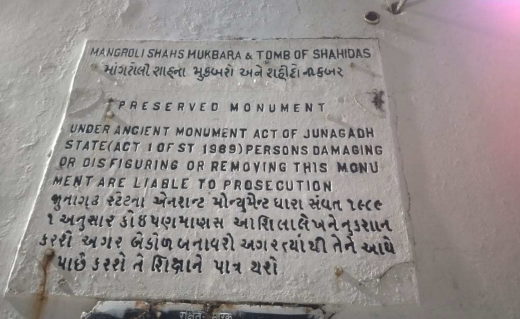Muslims were assured by the administration that the demolition was not taking place. The police bandobast was ahead of the Governor’s visit and the survey was for future use.
The assurances were from the top administrative and police officers in Gir Somnath. Yet, the local Muslims feared something as they witnessed police bandobast and JCBs parked in a line, a couple of kilometers away from their religious structures, musafirkhanas and graveyards in the temple town of Somnath in Gujarat. This was in September end.
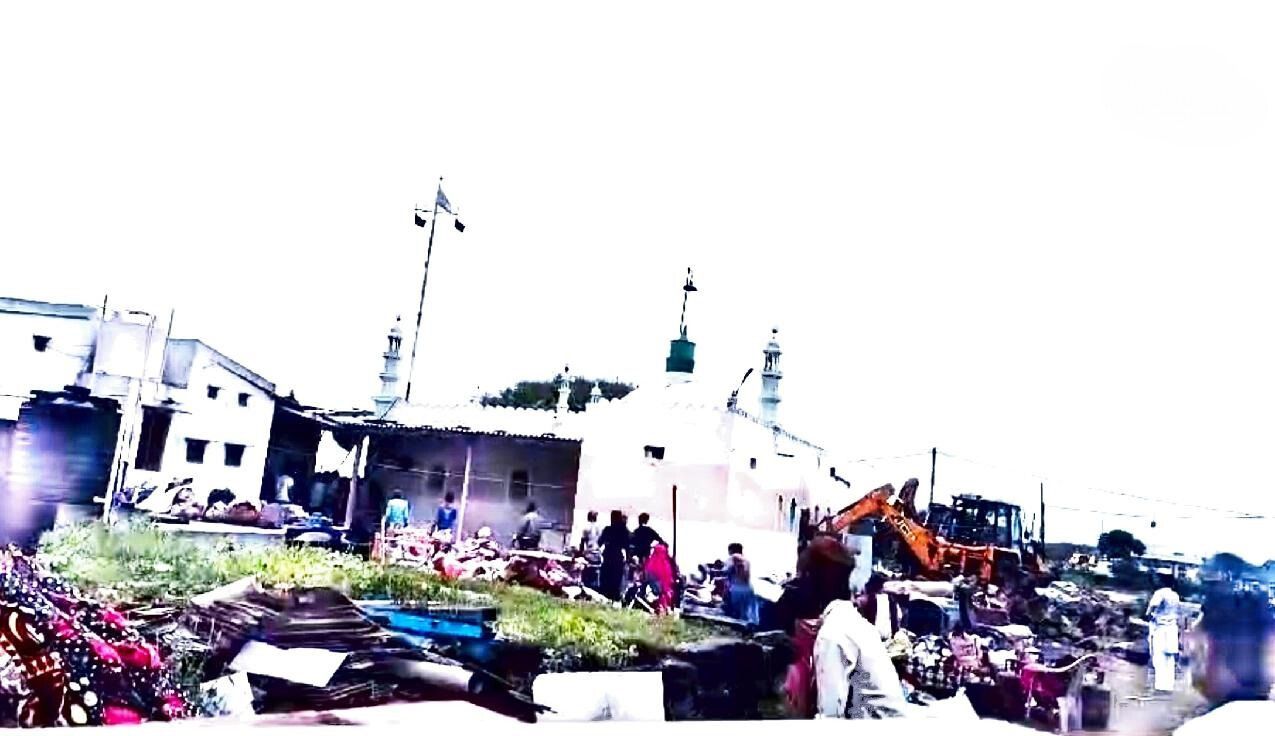
Their fears were not unfounded. In less than six hours of the assurances, much before the crack of dawn on September 28, bulldozers started dozing down religious structures, 45 musafirkhanas and graveyards; nobody to stand on the side of the poor Muslims whose life began and ended in that locality. Ironically, someone even shouted Bulldozer Bhaiya ki jai in the wee hours of that dreadful morning.
The operation continued throughout the day. The demolition was in stark violation of the Supreme Court’s interim order that no demolition should take place in the country without its permission. However, over 102-acre land, near Somnath Temple, was “cleared. Properties were destroyed and hundreds rendered homeless.
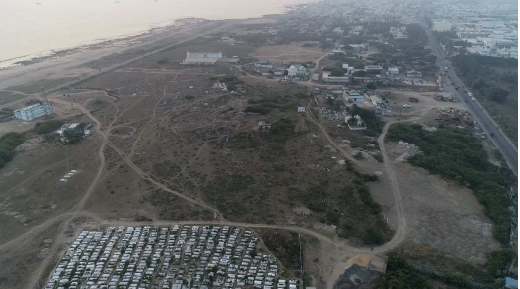
Welcome to Gujarat. The model State of the BJP.
Somnath has an enduring significance in Gujarat and its’ politics.
It is from Somnath that BJP leader L K Advani embarked on a Ram Rath Yatra with a young RSS Pracharak, Narendra Modi in toe. This was 1990. The Yatra changed the scenario of Indian politics.
The demolition took place less than a fortnight after Prime Minister Narendra Modi, in his capacity as the chairman, chaired the meeting of Shree Somnath Trust. in Gandhinagar on September 15. The Trust manages the temple.
More than 130 people were detained on preventive grounds. Protests were scuffled.
And section 144 of the CrPC was imposed till September 30. To date, the minority community in the area is gripped by fear and police deployed in Somnath and in nearby villages.
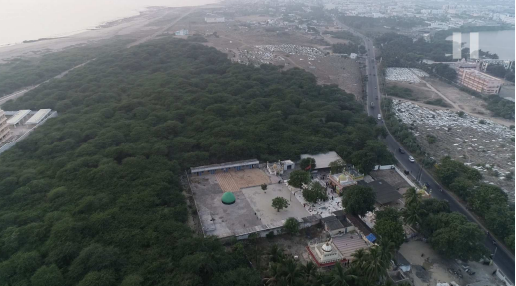
The religious structures and musafirkhanas are under the Waqf Board and Auliya-E-Deen Committee, which has filed a plea in the Gujarat High Court. The structures that have been flattened were on government land but the use of land is by Muslims for use as Qabrastan and mausoleums were constructed on the graves of revered persons. A couple of litigations are pending before the Waqf Board and the Gujarat High Court even before the demolition was done.
“I was at the site till 3.30 am on September 28. It was raining. I was drenched. I went home to change. My home is about five kilometers away from the place. I sat down to eat and rested a bit. Around 4.45 am, I get a message that bulldozers were pressed into service,” Ismail Chel, vice chairman of Auliya-E-Deen Committee, told Vibes of India.
The “mujawars”, who do service on the dargahs, have been rendered homeless and are staying in the homes of the locals, he further said.
The musafirkhanas were also flattened and people staying inside these buildings have been driven out. “Musafirkhanas are places where terminally ill people come and stay. Doctors have given up on them. However, they have trust in the Almighty that they will get well,” pointed out Afzal Panja, president of Sammast Patni Muslim Jamaat, a Trust representing the Patni Muslim community of Prabhas Patan, while talking to Vibes of India. The Trust moved the Supreme Court seeking contempt proceedings against the administration for violating the Supreme Court’s orders.
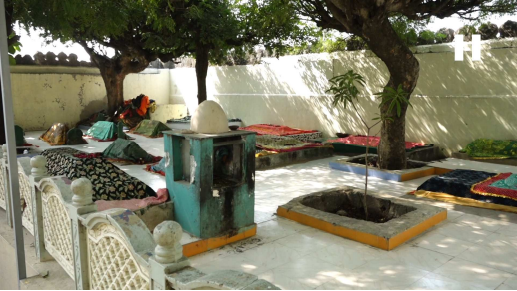
According to him, the dargahs and mazaars were given “sanad” in 1922 and property cards in 1955. “More than 100 “mujawars” have been rendered homeless. People of the Muslim community in Somnath, Veraval and Prabhas Patan are heartbroken. Markets have remained closed for nearly a week now,” he said.
Those affected maintain that the religious places of worship, dargahs and graves existed prior to 1947 and therefore, the same are protected and cannot be demolished and removed.
Noted lawyer Anand Yagnik told Vibes of India that it is a bias towards a particular community. He said that if the structures existed before 1947 then as per the legislation of 1991 – The Places of Worship (Special Provisions), Act 1991, the status quo has to be maintained.
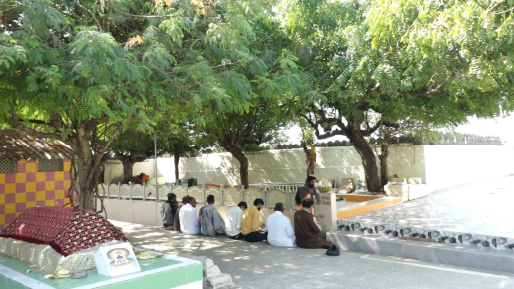
Pictures of the structures demolished have gone viral and one of the images shows an inscription that reads “PRESERVED MONUMENT”. Underneath it is inscribed that UNDER ANCIENT MONUMENT ACT OF JUNAGADH STATE (ACT OF 1 OF 1989) PERSONS DAMAGING OR DISFIGURING OR REMOVING THIS MONUMENT ARE LIABLE TO PROSECUTION (sic.) It also has a translation in Gujarati.
Gir Somnath Collector D D Jadeja had told Vibes of India that 102 acres of government land worth crores of rupees was vacated. He said nine religious structures and 45 musafirkhanas of concrete construction were demolished. Jadeja said that a part of the free land belonged to Shree Somnath Trust and the rest was of the State Government. In short, all the Muslims structures there was “encroachment “
According to him, the occupants of the structures were given notice and adequate time. The locals debt this vehemently. He said that religious structures, including temples, have been demolished in 145 villages of Gir Somnath.
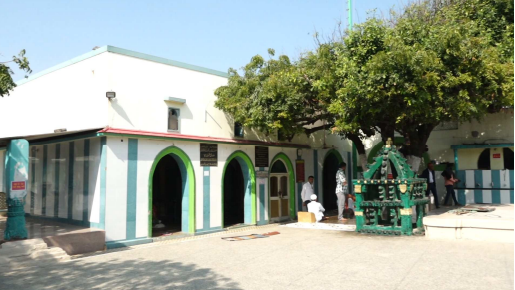
Congress MLA from Somnath Vimal Chudasama is critical of the role played by the Collector. Talking to Vibes of India, he alleged that the Collector was just a puppet of a political party. He even threw a challenge to the collector for an open debate on the issue. Of course, Gujarat is no more a land of debate and dissent.
Gujarat Congress vice president and a leader from Veraval Nusrat Panja emphasizes that the demolition was illegal and several structures were 700 to 800 years old having protection during the times of the Nawab of Junagadh. He alleged that the occupants were not given adequate time and the papers that they had were seen with a bias. Even on September 27, as part of the hearing, the Muslim leaders had gone to the Collectorate, he added.
What was the hurry, he questioned, adding that if the administration waited for all these years, it could have waited for some more time as litigations were going on at different places.
AIMIM MP Asaduddin Owaisi took to social media and addressing @CMOGuj said, “Your government has demolished this Dargah and a Preserved Monument as an Encroachment. Sir what kind of bias and injustice is this. Both the Darghah and Masjid has been in existence for Centuries but demolished in NAME OF ENCROACHMENT. Right-wing Hindutva wants the New Waqf Bill to become a Law because they want to Usurp all Darghas, Masjid, khanqahs”. (sic). He also attached two photographs, including one having an inscription.
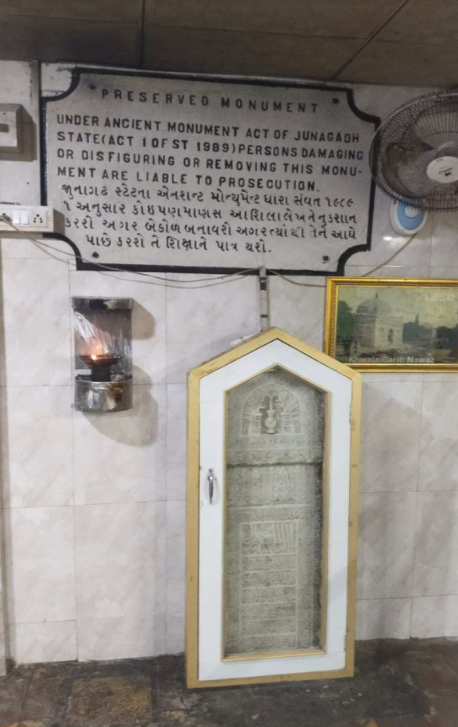
Somnath, one of the 12 jyotirlingas in the country, has been attacked several times since the 11the Century. The then deputy prime minister Sardar Vallabhbhai Patel had ordered its reconstruction.
It is believed that the government is planning to develop Somnath Corridor on lines of corridors built in Ayodhya and Kashi.
Ahmedabad-based rights activist Mujahid Nafis had described the move of demolition as abuse of power by the “powerful”.
The aggrieved have moved the Gujarat High Court and the Supreme Court. The Gujarat High Court has asked the petitioners and the state government to submit details about the “encroachments” removed and since when these existed. The Supreme Court said that if it found that the state government acted in contempt of its recent order then it would ask them to restore the structures.
But when will this happen, if it happens at all.
The petitioners were represented in the High Court by Muhammad Tahir Hakim, Mihir J Thakor and Saquib Ansari.
Also Read: Sixty Nine MBA Graduates Awarded Degrees In First Adani University Convocation


